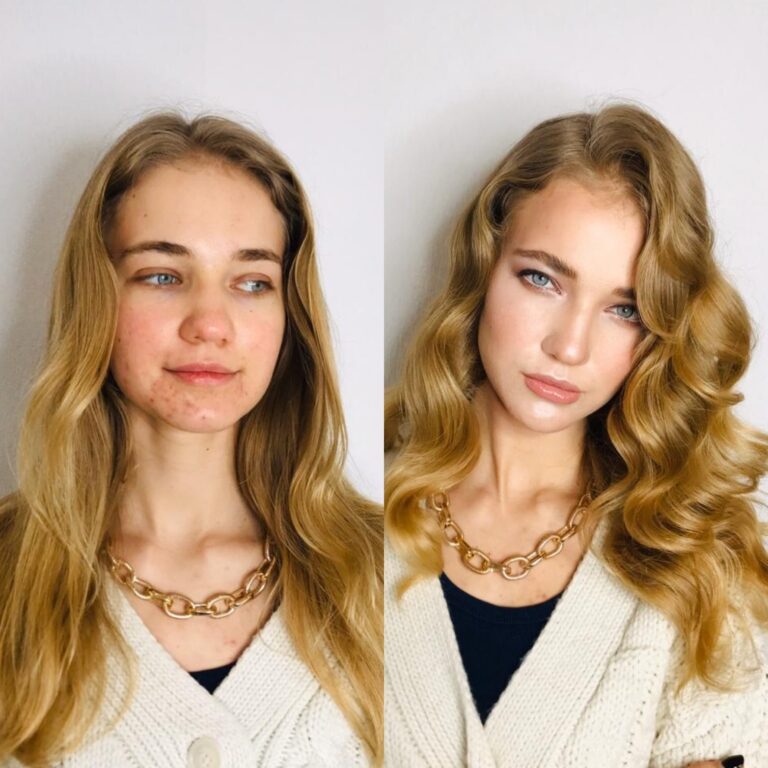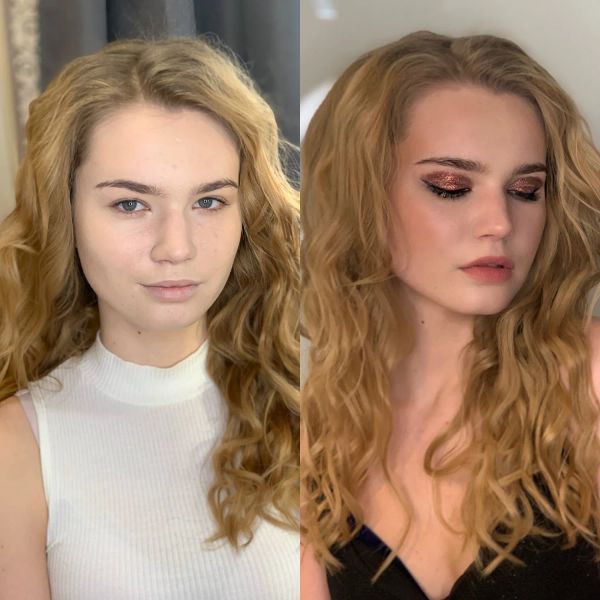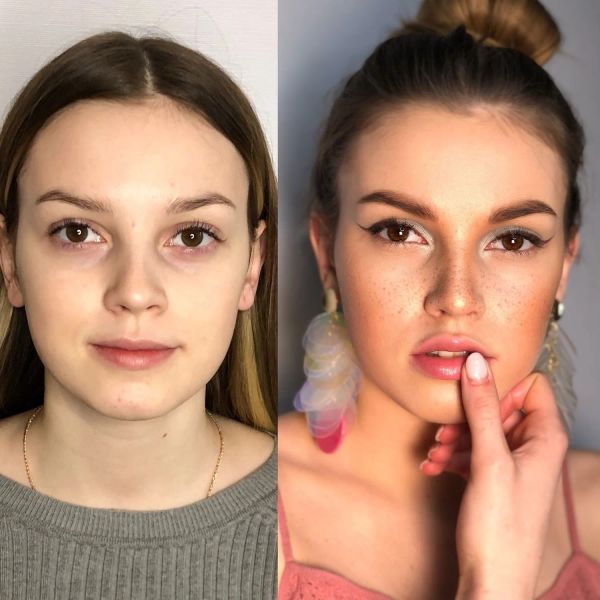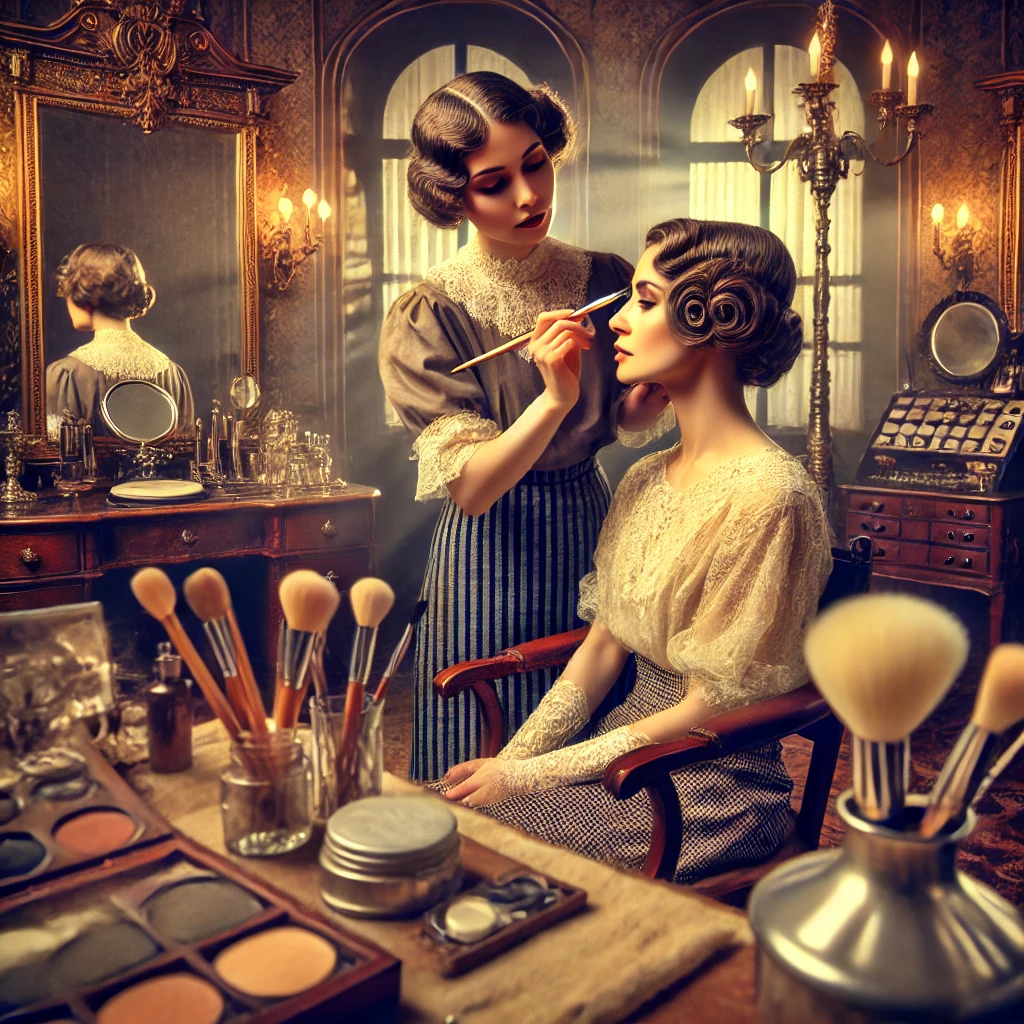As a result of studying the program material of the course, the student should:
KNOW:
– definition of key concepts and terms; rules for carrying out care procedures
facial skin depending on its type and age; comprehensive skin care programs
hands and feet; hair strengthening techniques; indications and contraindications for conducting
various types of cosmetology procedures; features of skin care in the salon and
home conditions; methods and techniques for correcting the shape of the face, eyes, lips, and eyebrows
using make-up; positive and negative aspects of conducting aromatherapy in the salon
and home conditions; classifications of masks and the order of their application; technologies
independent preparation of cosmetics; types and methods of modern
cosmetic massage, manual therapy, reflexology and acupuncture; methods
figure correction; tools, techniques and techniques of professional make-up; the main ones
testing parameters to determine the color type;
BE ABLE:
- Determine skin types; make individual skin care programs of different types
types taking into account its age changes; perform basic types of cosmetology procedures
at home; to make preparations for carrying out cosmetology procedures
at home; systematically take care of the face, body and take care of hygiene;
skilled hair care; choose the right color scheme
according to the type (spring, summer, autumn, winter); apply professionally
make-up and remove make-up taking into account age characteristics; adjust form
face, eyes, lips, eyebrows using cosmetics; perform natural,
business, evening make-up at home; to carry out salon and home
care for problem skin of hands and feet; perform a complex of cosmetics
gymnastics; conduct a cosmetic massage; use modern equipment-physiotherapeutic methods for figure correction; differentiate cosmetic
4
preparations for home and salon skin care; freely orientate on the broad
assortment of finished cosmetic products; use non-traditional methods and means
medicine for cosmetic purposes;
HAVE:
- ideas about the structure of the skin and its main physiological functions; anatomical structure of muscles
face and neck; modern cosmetic skin care technologies; the main skin
cosmetic defects, their causes, as well as complex elimination programs
cosmetic defects; the most common diseases of hair, nails, skin of the face, hands and
legs and methods of their treatment; hair structure and basic hair care procedures;
features of care for the skin of the face, hands and feet at home; coloristic theory
and its application in the color palette for each person; spring, summer, autumn and
winter types of people; the method of morphopsychosynthesis and its application in determining
type of communication; methods of correcting the shape of the face, eyes, lips, eyebrows using makeup;
types and rules of makeup and makeup removal for different age groups; means and
accessories used in the work of a make-up artist; professional work techniques
makeup artist; modern means of facial decoration, tattooing and piercing; unconventional methods
treatments used in cosmetology; basic methods of physiotherapy and hardware
cosmetology; types and techniques of massage; influence of cosmetic SPA programs on
skin and human body as a whole.








